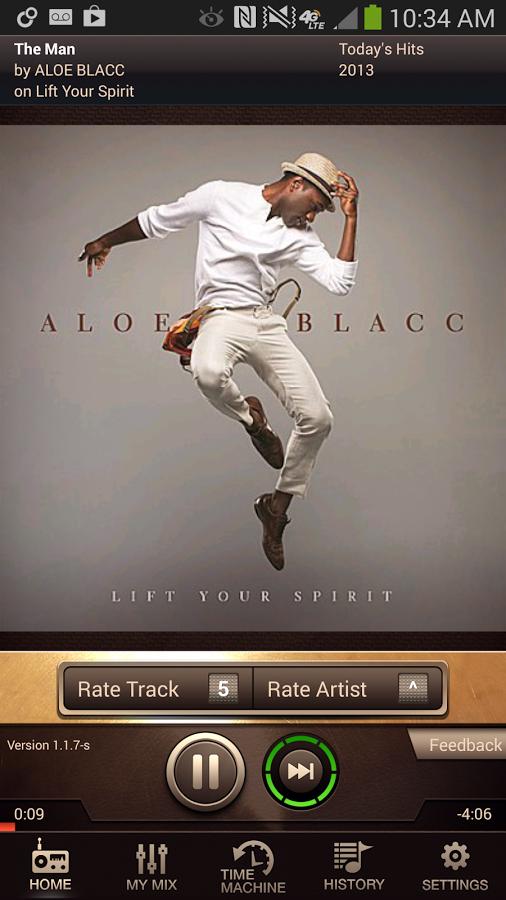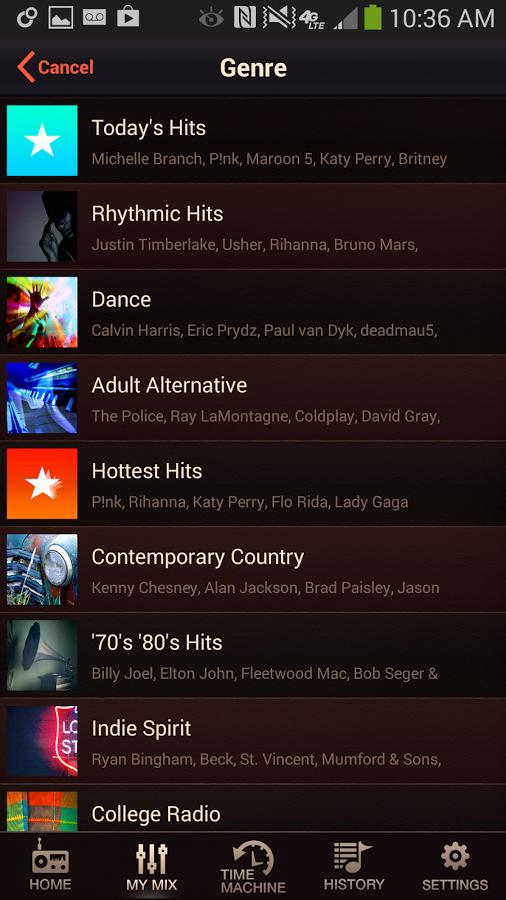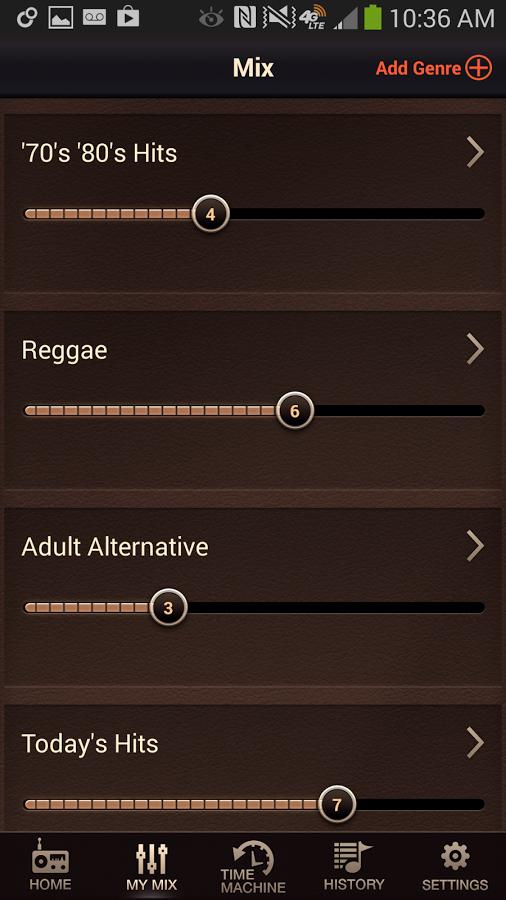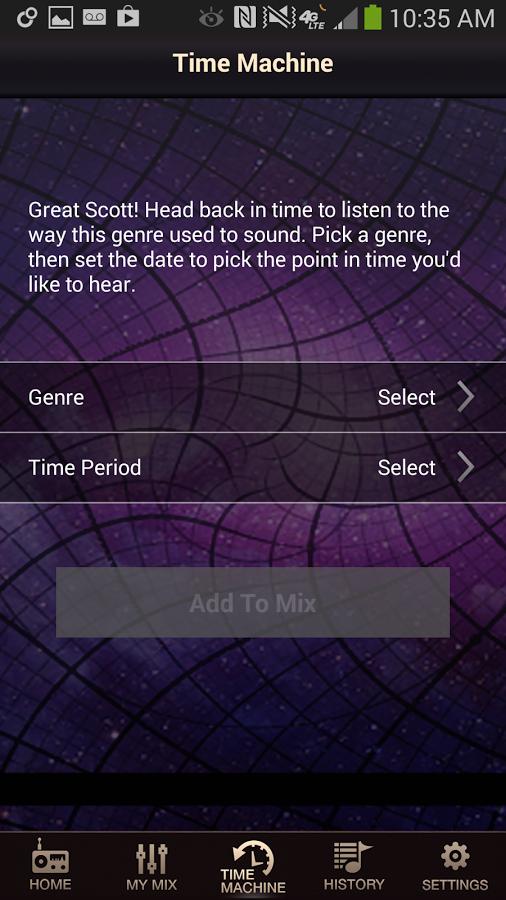
But Spotify and Pandora are holding strong. Subscribers account for an extremely low percentage of those service’s users, and it would seem they aren’t willing to risk losing them by forcing them to pay. So if Spotify and Pandora are unwilling to usher in a change, who will?
Eric Neumann, CEO and founder of freshman Internet radio streamer, Mad Genius Radio, believes the key is an entirely new kind of streaming music service. Neumann says that if music streamers kicked in just $5-10 per month instead of listening for free, royalties paid to artists could climb higher — a lot higher. With that in mind, Neumann built Mad Genius Radio with a new kind of user feedback algorithm and created the Fair Trade Music Initiative, a new system that rewards artists directly for ushering fans toward Mad Genius Radio.
We spoke with Neumann in a recent interview to find out more about his new plan.
A new kind of streaming radio
“It’s really about saying that art has value,” Neumann says. “And advertising, mathematically, can’t make up for music sales.”
Coming from a terrestrial radio background, Neumann is decidedly old school, but he also knows the ropes of the streaming industry well thanks to first-hand experience. Like Pandora, Neumann’s site shuffles tracks based on a user’s interest, but instead of using a rudimentary thumbs up/thumbs down system to gauge user feedback, Mad Genius Radio employs a 5-point rating scale and the ability to mix different genres together on a sliding scale.
The 5-point system allows users to rate both songs and artists like you would a product on Amazon, letting the interface know more about what you want to hear, and what you don’t. Mad Genius also lets users create up to 5 different preset stations, with up to 7 genres per preset. And in what can truly be described as unique in the streaming marketplace, you can also grade each genre on a 10-point scale to decide how often each particular musical flavor pops up.
Whether it’s due to that innovative grading system or the service’s music catalog, the selection that springs forth from Mad Genius cuts much deeper than what you’ll find on Pandora and other similar Internet radio services, trading some of the hot hits and brand-name bands for more variety.
Like the early days of Pandora, Neumann’s site was free in its beta form, but now that the site has worked out most of the growing pains, he’s hoping people will follow the service to a subscription-only model, priced at $5 a month for ad-free listening.
To attract new members, Neumann has chosen to offer more than just a new kind of user interface and fresh, unfamiliar music. To help get artists and listeners on board, Neumann launched the Fair Trade Music Initiative, which he hopes will show users the site is about more than just the bottom line.
You scratch my back, I’ll scratch yours
The Fair Trade Initiative concept is simple: Neumann encourages artists to steer fans to Mad Genius Radio for a 30-day trial. For every referral that results in a free trial, the artist gets paid $2, and thanks to promo code tracking, the artist also gets $.25 per user, per month. Granted, that’s not a big chunk of change, but it could add up for growing artists, and those figures don’t include royalties paid out from SoundExchange, the organization that collects and distributes digital performance royalties to artists and copyright holders for each stream. The concept isn’t revolutionary, it’s just good business, and that’s more than can be said for Spotify and Pandora.

“There’s a good value proposition for music out there, and there’s no reason not to share a little more with artists, and with copyright holders,” Neumann says.
Apart from drawing users to his site, the Fair Trade Music Initiative is designed both to start a dialog about the value of music, and propose a very simple solution: get every listener on the planet to sign up for a paid music subscription. Ambitious? Yes. Complicated? No.
It’s about art
“(Music) is art, it’s no different than a piece of art hanging in a gallery,” Neumann says. “The difference is that, because of the nature of digital music it’s ephemeral. People found a way to digitize it and rip it off in the late ‘90s, and it became sort of this normal habit that I think just about everyone has done.”
“(Music) is art, it’s no different than a piece of art hanging in a gallery.”
“I think it’s devalued music and made people think about it the wrong way. This is really art creation. I would guess that people probably spend more time with music than any other art form….We’re just trying to do our part to fix one piece of the equation.”
A good deal of the music industry seems to agree with Neumann’s point of view. Taylor Swift and Thom Yorke both pulled their music from Spotify, claiming it devalues the art form. And labels are also putting pressure on the service to limit its free catalog. Meanwhile, Pandora is currently being sued by the publisher’s licensing agency BMI for paying out too little, backed by claims from artists like Aloe Blacc, who says he was paid around $12K from Pandora for 168 million streams in the U.S.
“All subscription services pay higher (royalties),” says Neumann, “a lot higher.”
We need to feed the machine
Neumann claims that if everyone paid in, streaming services could raise their annual revenue by 500 percent over time, which would, in turn, add up to higher royalties for artists, songwriters, and labels alike. If that sentiment sounds familiar, it may be because it’s the same motivation behind Jay-Z’s proposed plans for Tidal as an artist-friendly site, only without all the celebrities and fanfare. And while Internet radio sites like Mad Genius offer less control over playlists than others, at $5/month, they also run half the price of on-demand subscription services like Spotify, Tidal Premium, and Deezer.
“We get it,” Neumann says. “Not everyone wants to load up their iPod with 9,000 songs like I have. That’s about $12,000.”
But, he says, free streaming is not a good alternative for those who want to keep music viable and healthy – the system needs capital. And while that point has been brought to the forefront by a few high-profile artists, Neumann believes a deeper dialog is what’s needed to create real change in the industry, and “permeate the national consciousness.”
“If people … can understand that royalties are paid to artists, then I think some fans will start to go, ‘Yeah, that’s the price of a latte, no big deal. And in fact, I’m sick of commercials anyway.’”
If everyone paid in, streaming services could raise their annual revenue by 500 percent over time
The debate over music and the value of free streaming is increasingly being waged in both the courtroom, and the court of public opinion. And with more and more pressure coming down on so called “freemium” services, and new subscription-only services from giants like Apple playing hardball, the issue may just resolve itself.
For Neumann’s part, he’s hoping those who do want to trade in those annoying commercial interruptions for uninterrupted, ad-free listening at an affordable price will choose Mad Genius. And the Fair Trade Music Initiative is just his sensible way of trying to put some much-needed cash back in the pockets of the artists who need it.






